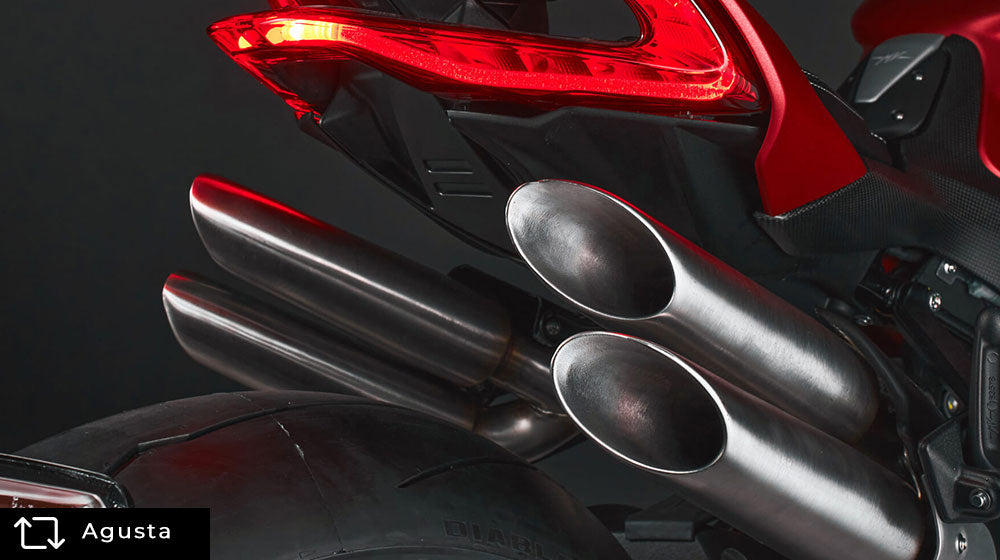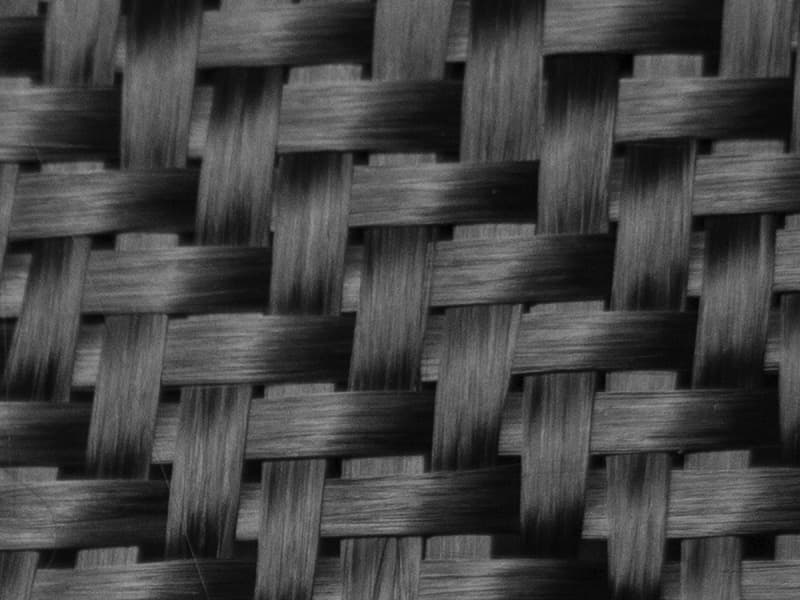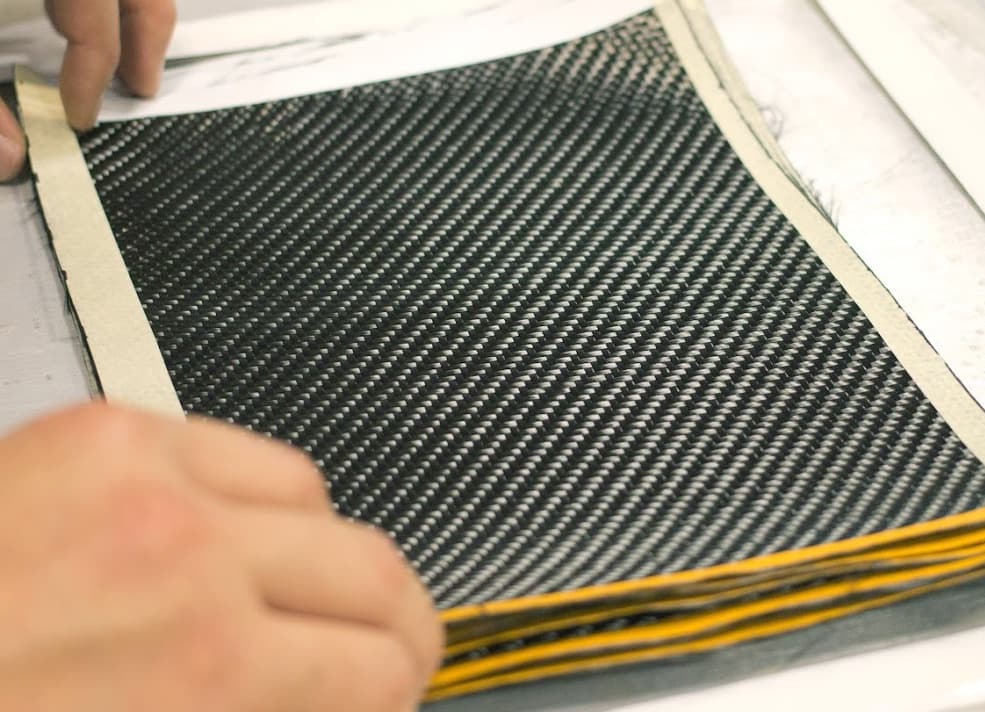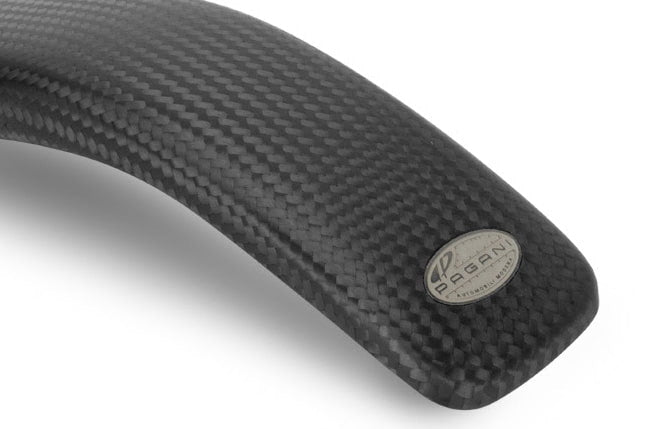Hey, you!
I know you came for our awesome blog post, but we have to let you in on something. Our main business is a shop that sells a ton of unique and cool lifestyle and personal accessories made with REAL carbon fiber.
If you love carbon fiber as much as we do, go explore!
Not all motorcycles are built for the open road. Some are crafted for collectors, luxury enthusiasts, and those who demand the rarest engineering feats on two wheels. The world’s most expensive motorcycles represent elite craftsmanship, exotic materials, and cutting-edge technology.
From gold-plated cruisers to carbon fiber superbikes, these machines are built to impress—and in some cases, break records.
1. Neiman Marcus Limited Edition Fighter – $11 Million
Why It’s Unique: This bike is more of an art piece than a traditional ride, with a futuristic, industrial design that makes it one of the rarest motorcycles on the planet.
Specs & Features
-
Frame crafted from a single piece of metal
-
120ci V-Twin engine
-
Top speed: 190 mph
-
Only 45 units ever made
Originally priced at $110,000, this machine shot up to $11 million at auction, driven by its rare design, high-end materials, and collector appeal.
Everything about the Fighter looks like it came straight from a sci-fi movie. The raw-metal frame, exposed mechanical parts, and aggressive stance give it an industrial, futuristic look. Confederate Motors, the company behind the design, has a reputation for pushing boundaries, and this bike proves it.
The single-piece frame, machined from aerospace-grade titanium and aluminum, adds strength without extra weight. There’s no bulky fairing, no unnecessary extras—just raw power and performance.
The 120ci (1966cc) V-Twin engine, with its polished finish and sculpted design, stands out against the dark bodywork. It’s built for speed, pushing 190 mph, while the carbon fiber components help keep it light and responsive.
Neiman Marcus only made 45 units, making it one of the rarest motorcycles ever produced. While it’s a fully functional superbike, most owners wouldn’t risk taking something this exclusive on the road. It’s a collector’s dream—a rare piece of high-performance engineering that belongs in private showrooms and motorcycle history books.
Would you ride it? Probably not.
Would you want to own it? If you’ve got $11 million lying around—why not?
2. 1949 E90 AJS Porcupine – $7 Million
Why It’s Unique: A World Championship winner, a racing icon, and a collector’s ultimate trophy.
Specs & Features
-
500cc DOHC parallel twin engine
-
Open-frame chassis for reduced weight
-
Spiked cooling fins for heat dissipation
-
Only 4 units exist
The AJS Porcupine is a piece of racing history. Built for one purpose—to win—it delivered in 1949 when Les Graham rode it to victory in the inaugural 500cc World Championship. Only four were ever made, making it one of the rarest and most sought-after race bikes on the planet.
The nickname “Porcupine” comes from its spiked cooling fins, which helped keep engine temps in check under race conditions. That, combined with its open-frame design, made it lighter, more efficient, and dangerously fast for its time.
The Porcupine’s engineering was ahead of its time. Originally designed with supercharging in mind, it had to be reworked when Grand Prix rules banned forced induction. The result? A naturally aspirated 500cc twin-cylinder engine with double overhead cams (DOHC)—a setup that gave it a serious performance edge over its competitors.
Despite its championship pedigree, AJS never mass-produced the Porcupine. The few that exist have become unicorn bikes—the kind of machine most collectors would kill to get their hands on. The E90 model, the same one that took the 1949 title, was followed by the E95, an improved version that never saw the same glory. Both are museum-worthy machines, sitting at the intersection of engineering, exclusivity, and racing heritage.
A motorcycle like this tells a story. If you’ve got deep pockets and a serious passion for racing history, this is the crown jewel of Grand Prix motorcycles.
Would you ride it? If you’ve got nerves of steel.
Would you own it? If you know what makes a true racing legend.
3. Ecosse ES1 Spirit – $3.6 Million
Why It’s Unique: Unlike most motorcycles, the Ecosse ES1 Spirit eliminates the traditional frame, making the rider an integral part of the aerodynamics and handling.
Specs & Features
-
1000cc inline-four engine
-
Full carbon fiber frame for extreme weight reduction
-
Top speed: 230 mph
-
Only 10 units ever produced
If a Formula 1 team built a motorcycle, it would look like this. The Ecosse ES1 Spirit was designed to break every rule of conventional bike engineering, blending cutting-edge aerodynamics, extreme weight reduction, and radical suspension design. With only 10 units ever produced, it remains one of the most exclusive high-performance motorcycles ever built.
Ecosse built the ES1 Spirit to reshape motorcycle engineering. Unlike anything before it, this bike ditched the standard frame altogether, using the engine as a structural component. The frameless design cut weight dramatically, while the full carbon fiber construction made it lighter and stiffer than anything else on two wheels.
The front suspension system stepped away from conventional forks, reducing mass and increasing stability at high speeds. Aerodynamics ruled every aspect of the design, from its streamlined bodywork to the solid rear wheel, which minimized turbulence. The goal? Maximum speed with minimal drag.
Engineers with Formula 1 backgrounds played a major role in its development. The ES1 Spirit was built to corner faster, accelerate harder, and feel more planted than any traditional superbike. With a top speed of 230 mph, it delivered on its promise of pure, unfiltered performance.
But even the most advanced designs face real-world challenges. The ES1 Spirit struggled with financial setbacks, and despite the hype, full-scale production never happened. The economic downturn put the project on indefinite hold, and only a handful of units ever saw the light of day.
Would you ride it? If you could get your hands on one.
Would you own it? If you appreciate groundbreaking innovation and exclusivity.
4. Hildebrand & Wolfmüller – $3.5 Million
Why It’s Unique: It’s the first-ever motorcycle—a true antique for collectors who want to own the origin of two-wheel engineering. This machine, produced between 1894 and 1897, paved the way for everything that followed. Owning one is like having a piece of motorcycle history, which explains its staggering price.
Specs & Features
-
1,488cc two-cylinder engine
-
No clutch—direct drive rear wheel
-
“Hot tube” ignition system
-
Extremely rare, with only a few surviving models
Before Harley, Indian, and Ducati, before superbikes and V-Twins, there was the Hildebrand & Wolfmüller. Heinrich and Wilhelm Hildebrand, both steam-engine engineers, teamed up with Alois Wolfmüller to build the world’s first mass-produced motorized two-wheeler. It was the first machine to ever be called a “motorcycle” (“Motorrad” in German).
The engineering was radical for its time. Unlike modern motorcycles with chains or belts, this bike used direct-drive technology, where the engine’s connecting rods powered the rear wheel directly. It had a 1,488cc parallel-twin engine, producing a modest 2.5 horsepower, which was enough to push it to about 28 mph. That might not sound like much today, but in 1894, that was revolutionary
Instead of a modern spark plug ignition system, the Hildebrand & Wolfmüller used a “hot tube” ignition, which preheated fuel to ignite it. It also featured water cooling, a rare feature at the time.
Surviving models are incredibly rare, sitting in a few museums and elite private collections. If you see one, it’s likely behind glass.
The Hildebrand & Wolfmüller is the blueprint for everything that came after.
Would you ride it? If you could find one.
Would you own it? If you want the ultimate piece of motorcycle history.
5. BMS Nehmesis – $3 Million
Why It’s Unique: It’s a rolling work of art, designed to be one of the most extravagant custom bikes ever built.
Specs & Features
-
Handcrafted frame with gold plating
-
Custom Yamaha Road Star engine
-
Single-sided swingarm design
-
Air ride suspension for a ground-hugging stance
BMS Choppers (Broward Motorsports) created the Nehmesis to showcase the limitless possibilities of custom motorcycle design. The foundation started as a Yamaha Road Star, but nearly every component has been rebuilt, reimagined, or handcrafted.
The frame, bodywork, and wheels are coated in 24-karat gold. The low-slung, stretched-out frame gives it a commanding stance, while the single-sided front suspension and ultra-wide rear tire push the boundaries of engineering.
The air ride suspension is one of its wildest features. Instead of a kickstand, the bike lowers itself completely to the ground, resting on its frame when parked. This gives it an impossibly clean look and adds to its custom-built mystique.
Under all that gold, the modified Yamaha Road Star V-twin engine delivers plenty of torque, though no one’s twisting the throttle on this bike to see what it can do. The Nehmesis is built for the showroom, not the street, a symbol of excess, artistry, and mechanical creativity.
Would you ride it? Not unless you have a security team following you.
Would you own it? If you collect art that happens to have wheels.
What Makes These Motorcycles So Expensive?
1. Limited Production
Scarcity drives value, and these bikes are built in ultra-limited numbers. Some models, like the Neiman Marcus Fighter, had only 45 units produced, while the E90 AJS Porcupine had just four. The fewer there are, the more collectors are willing to pay to get their hands on one.
2. High-Tech Materials
Top-tier motorcycles aren’t built with off-the-shelf parts. Carbon fiber, titanium, aerospace-grade aluminum, and even 24-karat gold push these bikes into a different league. A lightweight frame means better handling and higher speeds, while exotic materials add exclusivity. The Ecosse ES1 Spirit takes this to the extreme with an entirely frameless design.
3. Cutting-Edge Performance
Most superbikes today are engineered for raw speed and aerodynamics, but these machines push the limits of what motorcycles can do. The Ecosse ES1 Spirit was built with Formula 1-inspired design, while the BMS Nehmesis ditches a traditional suspension in favor of air ride technology that lets it sit flush on the ground.
The kind of research and development that goes into these builds doesn’t come cheap.
4. Historical Value
Some motorcycles become expensive because they changed the industry forever. The Hildebrand & Wolfmüller wasn’t just another bike—it was the first-ever production motorcycle, marking the beginning of the entire two-wheeled industry.
The AJS Porcupine is still the only twin-cylinder motorcycle to win a 500cc World Championship, giving it a place in racing history. When a bike carries that kind of legacy, its value skyrockets.
FAQs About the World’s Most Expensive Motorcycles
1. What is the most expensive motorcycle in the world?
The Neiman Marcus Limited Edition Fighter holds the record, selling for $11 million at auction. Only 45 units were made, and its futuristic titanium frame, high-performance V-Twin engine, and collector appeal turned it into a multimillion-dollar showpiece.
2. How much is a high-end motorcycle?
High-end motorcycles range from $50,000 to several million dollars, depending on materials, engineering, and exclusivity. Limited-edition superbikes, custom choppers, and racing machines push prices higher, especially when built with exotic components like carbon fiber, titanium, or gold plating.
3. Are carbon fiber motorcycles more expensive?
Yes. Carbon fiber is lighter and stronger than metal, making it a premium material for high-performance motorcycles. Bikes with full carbon fiber frames, swingarms, and wheels cost significantly more due to the advanced manufacturing process and superior weight-to-strength ratio.
4. Are carbon fiber wheels worth it on a motorcycle?
For performance riders, absolutely. Carbon fiber wheels reduce unsprung weight, improving acceleration, braking, and cornering stability. They also absorb vibrations better than metal, giving a smoother ride. While expensive, their impact on handling and speed makes them a serious upgrade for any high-performance bike.
Evolution of Motorcycles—From History to High Art
Every machine on this list tells a different story. The Hildebrand & Wolfmüller turned the first page, proving that two wheels and an engine could change the way people moved. The AJS Porcupine pushed racing into a new era, setting the standard for what a championship-winning bike could be. The Neiman Marcus Fighter and Ecosse ES1 Spirit showed how design and engineering could be reimagined, while the BMS Nehmesis took motorcycles into the world of high art.
These bikes aren’t just rides—they’re milestones. Each one added a new chapter to the evolution of motorcycles, taking us from pure function to performance, from performance to luxury, and from luxury to rolling sculptures.
It’s proof that grease, torque, and power can be just as delicate as they are brutal. And if history has taught us anything, it’s that motorcycle makers aren’t done yet. We’re here for the next breakthrough—the next machine that redefines speed, engineering, and craftsmanship.
How Carbon Fiber Is Changing the Motorcycle Industry
Carbon fiber is redefining motorcycles, from superbikes to custom builds. As manufacturers push for lighter, stronger, and faster machines, carbon fiber plays a bigger role in performance, durability, and design.
-
Weight Reduction Without Sacrificing Strength
Carbon fiber has a higher strength-to-weight ratio than steel or aluminum, making motorcycles lighter without compromising structural integrity. Less weight means better acceleration, sharper handling, and improved fuel efficiency. Bikes like the Ecosse ES1 Spirit and BMW HP4 Race take full advantage of carbon fiber to push performance beyond traditional engineering limits.
-
Aerodynamics and Speed
Motorcycles designed for top-speed racing and high-speed stability benefit from carbon fiber’s ability to create streamlined bodywork and reduced drag. Carbon fiber fairings, wings, and even wheels help superbikes cut through the air with minimal resistance, increasing speed without extra power.
-
Increased Durability and Corrosion Resistance
Unlike metal, carbon fiber doesn’t rust or corrode, making it an ideal material for high-end motorcycle frames, swingarms, and wheels. It absorbs vibrations better than traditional materials, providing a smoother ride and increasing longevity for parts exposed to extreme conditions.
-
Pushing Custom Builds to the Next Level
Custom bike builders use carbon fiber to create one-of-a-kind motorcycles that blend art and engineering. Whether it’s a fully carbon fiber body or hand-crafted details like carbon fiber fuel tanks and fenders, this material lets builders create lightweight, high-strength designs that look as aggressive as they perform.
With carbon fiber becoming more accessible, expect to see even more motorcycles integrating full carbon frames, wheels, and bodywork. As manufacturing techniques improve, we’re heading toward a future where motorcycles are lighter, stronger, and faster than ever before.
From race bikes to luxury builds, carbon fiber is shaping the next generation of motorcycles—one weave at a time.
Upgrade Your Ride with Carbon Fiber Gear
Carbon fiber is what makes bikes lighter, faster, and more durable, helping manufacturers create next-level machines that blend performance with high-end craftsmanship.
You don’t need a multimillion-dollar superbike to experience the benefits of carbon fiber. Upgrading your own gear with carbon fiber accessories gives you the same advantages—strength, lightweight durability, and a sleek, high-performance look. From lightweight carbon fiber license plate frames, wallets, and other everyday essentials, Carbon Fiber Gear delivers top-quality carbon fiber products built for riders who appreciate premium materials.
Whether you’re on two wheels or just love the precision and design of carbon fiber, we’ve got the gear to match your passion.
Explore our collection and bring high-performance carbon fiber into your everyday ride.










